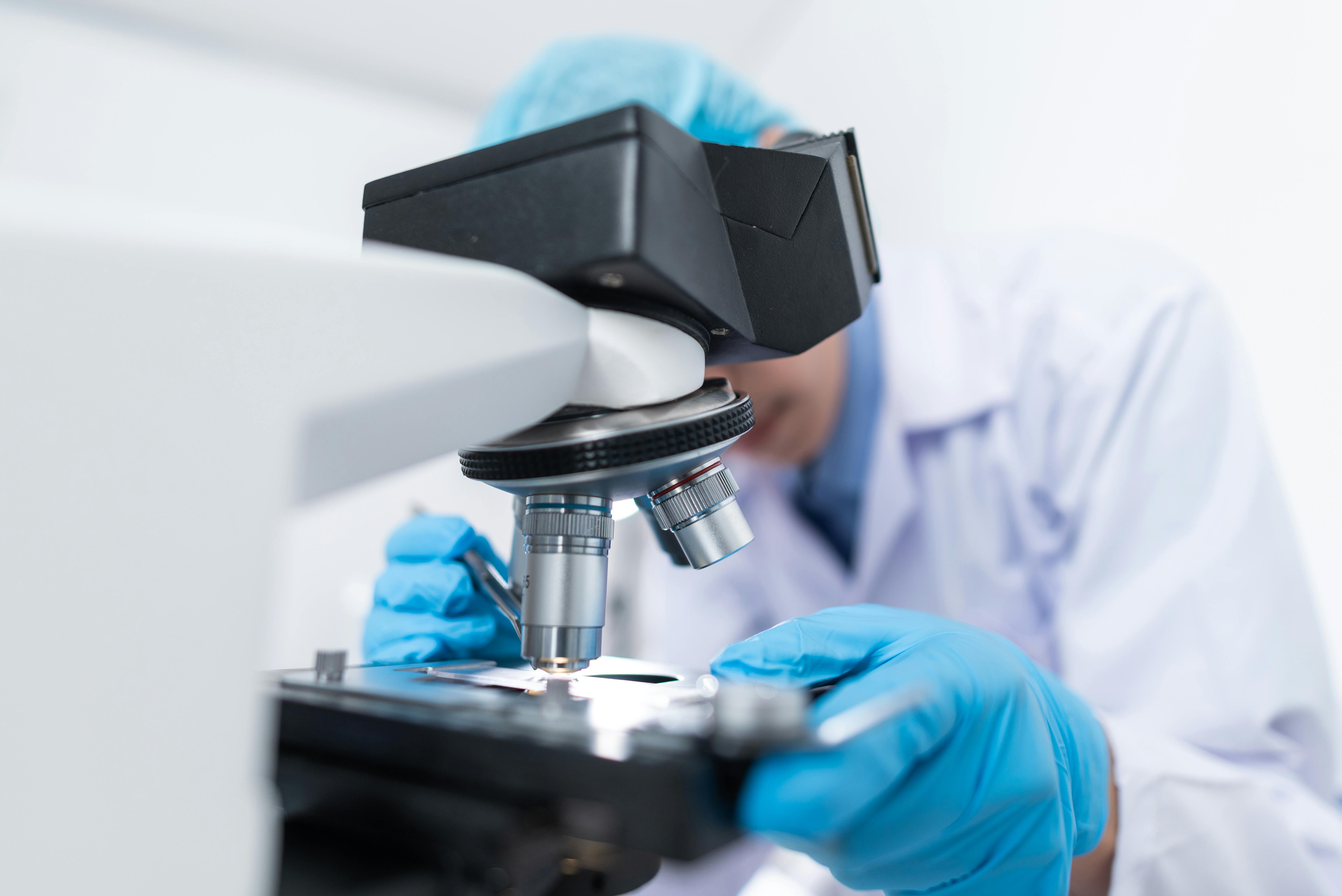Australia may proudly boast it has the highest per capita deployment of rooftop solar in the world, but underperforming panels are costing consumers.
Now an NSW Smart Sensing Network Grand Challenge project has found a way to tackle the blight of solar panel underperformance, which is costing an estimated $US4.6 billion globally in preventable losses.
The Smart Energy Asset Management Intelligence project has created game changing multi-stage algorithms which can remotely detect why many residential and commercial solar panels and other renewable energy systems are underperforming.
The algorithms are practical in that they are scalable, automated, and cost-effective.
The project is a collaboration that has involved researchers from UNSW and the UTS Institute of Sustainable Futures, as well as industry partners Global Sustainable Energy Solutions and the Australian Photovoltaic Institute. Government partners – including Lake Macquarie City Council, Lachlan Shire Council, City of Newcastle Council, Canada Bay Council and Bathurst Regional Council – were approached for their data to create the algorithms for the software.
The Chief Investigator of the Smart Energy Asset Management Intelligence project, Dr Fiacre Rougieux from UNSW Sydney’s School of Photovoltaic and Renewable Energy Engineering, said the algorithms have revolutionised the monitoring of photovoltaic systems.
“By analysing inverter and maximum power point data every five minutes, this algorithm can accurately diagnose underperforming issues, enabling early intervention and maximising energy production,” Dr Rougieux said.
The innovative technology developed in the project has now been fully integrated into a commercial production platform, which is being used by one of the project’s industry partners Global Sustainable Energy Solutions to monitor more than 100 megawatts of solar assets.
Dr Rougieux said the project had developed a two-tiered approach to photovoltaic fault diagnosis. “We have created a high-level diagnosis using just AC power data, which can detect broad categories of issues such as zero generation and tripping,” he said. “The benefit of this approach is that this diagnosis is fully technology agnostic and can work with any inverter and maximum power point tracker brand.
“As many inverter brands give rich AC and DC information, we have also developed a more detailed algorithm using both AC and DC data, which can provide more actionable insights for asset owners by detecting and classifying more specific faults like shading and string issues. This type of diagnosis requires both statistical rule-based methods backed up by machine learning approaches for cases which cannot be captured by conventional rule-based methods.”
Leader of the UTS Institute of Sustainable Futures team, Dr Ibrahim Ibrahim, said the advancements have enabled proactive measures that maximise energy production and enhance system reliability.
NSW Smart Sensing Network Smart Cities Theme Leader Peter Runcie said the project used sensors and different types of analytical approaches to automatically detect and diagnose underperformance of commercial photovoltaic systems.
The diverse algorithms can be implemented on more than 1200 photovoltaic systems.
The team are now working on enhancing the algorithm so that it can diagnose a broader range of issues such as shading, soiling and detailed grid side faults.








